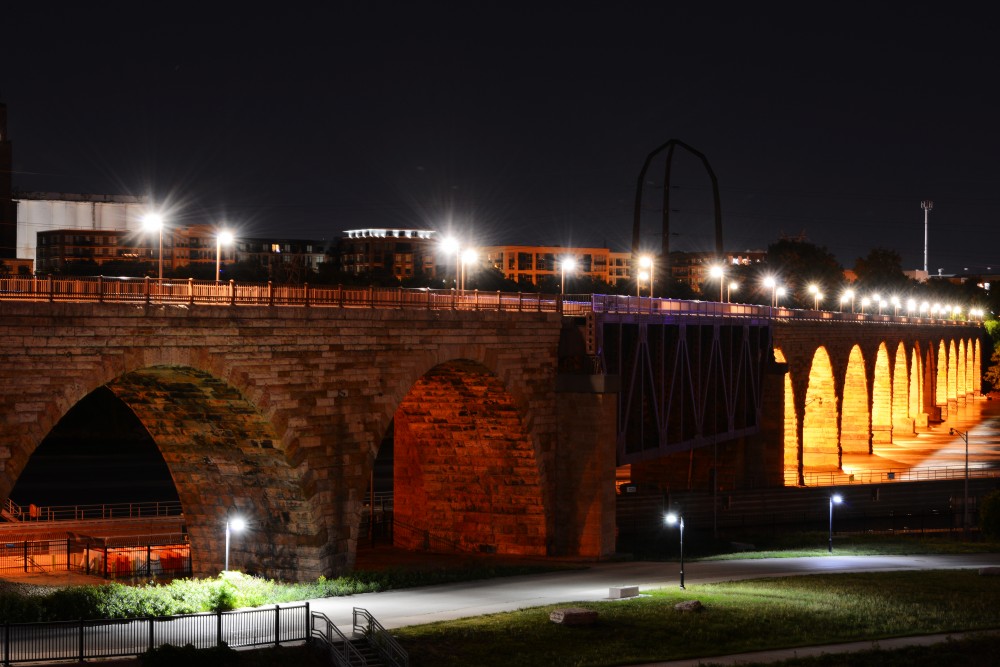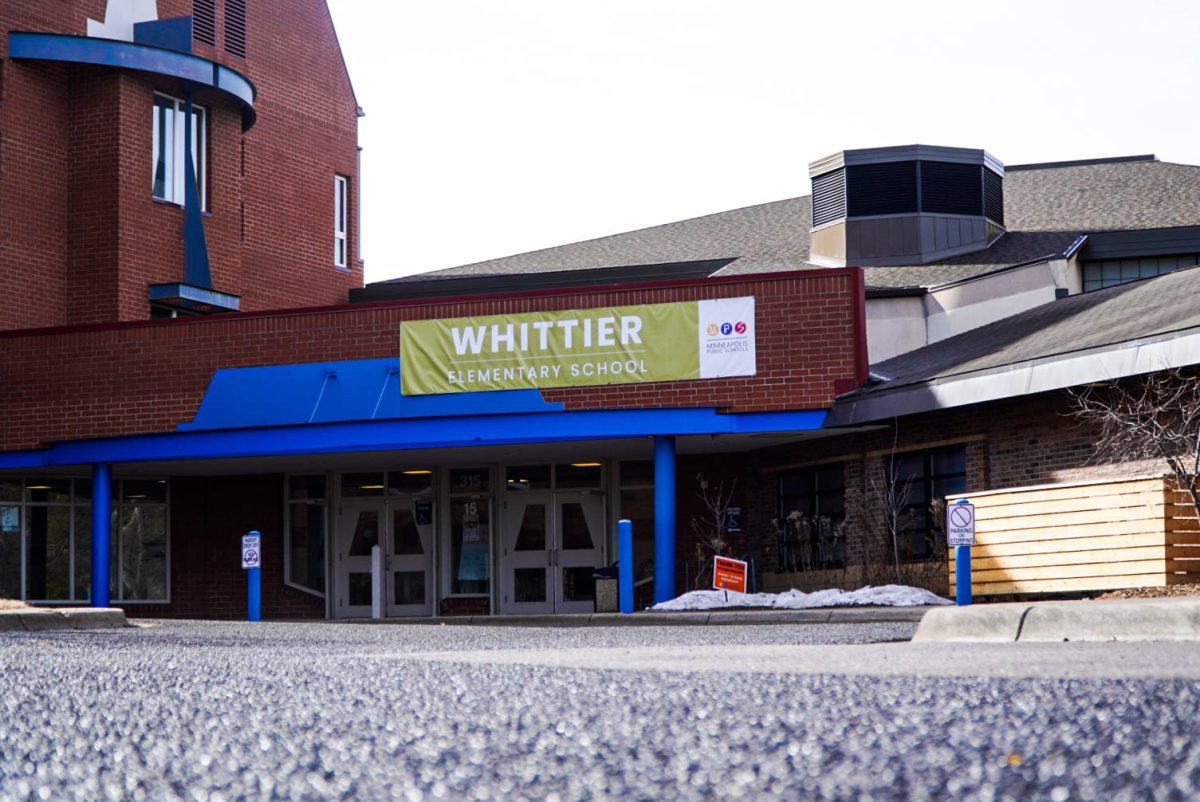With DFL Gov. Mark Dayton’s approval of the bonding bill Wednesday, the iconic Stone Arch Bridge received $1 million in repair funding, a small fraction of what the Minnesota Department of Transportation and Dayton himself requested of the Legislature.
Dayton’s bonding bill proposal included nearly $13 million for inspection and repairs to the bridge, while no money was allocated in the first House or Senate drafts. After the initial Senate bill failed to pass, it was revised to include $1 million for the bridge, which will prevent closures this summer.
Sen. Kari Dziedzic, DFL-Minneapolis and vocal proponent of repairing the bridge, said its underwater foundation is in poor condition.
The 135-year-old bridge, which would have closed without funding, is facing “accelerated deterioration,” Dziedic said. The $1 million allocation allows for consistent and in-depth inspections of the bridge, which was last repaired in 1965.

Dziedzic said MnDOT began requesting money for bridge maintenance around four years ago, starting at approximately $200,000. She said MnDOT was surprised by how quickly its condition has declined, but the $1 million investment allows them to install monitoring equipment and plan bridge reconstruction.
“[Thirteen million] would have been better but…$1 million, I think, is a very helpful start,” Dziedzic said.
Grant Simons, a University of Minnesota senior and Minnesota Student Association representative to the Marcy Holmes Neighborhood Association board, said the bridge serves an important cultural purpose to the neighborhood.
“I love the bridge, I think it should… stay open, but they definitely need to be doing some work on it,” Simons said.
The bridge is on the National Register of Historic Places and was named a Historic Civil Engineering Landmark by the American Society of Civil Engineers. Simons said it serves as a corridor between the student-heavy neighborhoods and downtown Minneapolis.
“It’s a really important bridge for not only connecting downtown to Northeast Minneapolis, but also downtown to campus and [Marcy-Holmes] … where a majority of students live,” Simons said.
While some state lawmakers alleged the Stone Arch Bridge is the responsibility of the City of Minneapolis, MnDOT owns the landmark. The Minneapolis Park and Recreation Board is responsible for walkway maintenance.
“Both the House and the Senate kept removing it [from the bonding bill],” said Chris Lautenschlager, Executive Director of MHNA. “Basically, the entire state is saying the Stone Arch Bridge is a Minneapolis problem, [but] it’s owned by the state so [the city] can’t actually improve it.”
MHNA lobbied for funding for the Stone Arch Bridge on social media throughout the end of the legislative session. Lautenschlager said MHNA’s initial post, which warned of the bridge’s potential closure, received the most shares of any other MHNA post.
“People commuting downtown or on their bikes, pedestrians, tourists– every damn photo op you can possibly imagine in the city of Minneapolis usually happens on the Stone Arch Bridge,” he said.







